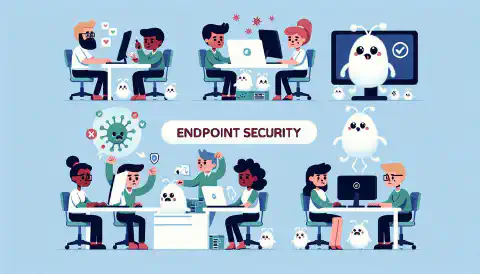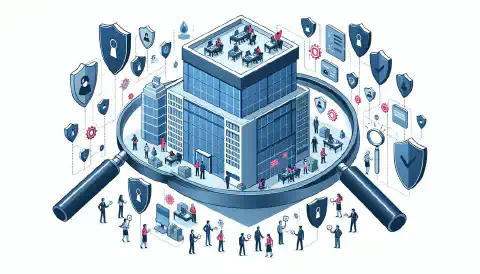Maximize Your Security & Privacy: Hardening and Debloating Windows

Table of Contents
Windows is the most widely used operating system in the world, making it a popular target for cyber criminals. To protect your data and privacy, it’s crucial to implement security measures to harden and debloat your system. This guide will explain the importance of windows hardening and debloating, and how it can improve your overall security and privacy.
What is Windows Hardening?
Windows hardening refers to the process of securing a Windows operating system by reducing its attack surface and vulnerabilities. This is accomplished by disabling or removing unneeded features and services, applying security updates, and implementing strong passwords and authentication mechanisms.
Why is Windows Hardening Important?
Windows hardening helps protect against cyber attacks by reducing the number of potential attack vectors. Cyber criminals often exploit vulnerabilities in the operating system or applications to gain access to a system or steal sensitive data. By hardening the system, you can minimize these attack surfaces, making it more difficult for attackers to compromise your data or privacy.
What is Windows Debloating?
Windows debloating is the process of removing unnecessary or unwanted software and services from a Windows operating system. Debloating can help improve the performance and stability of a system, as well as enhance privacy by reducing the amount of data that is collected and stored by Microsoft and other third-party software.
Why is Windows Debloating Important?
Debloating a Windows system helps reduce its attack surface and increase privacy. Many unwanted software and services collect data on your usage habits and personal information, which can be sold or used for targeted advertising. By removing these unnecessary features, you can reduce the amount of data that is collected and stored, enhancing your privacy and security.
How to Harden and Debloat Windows?
Here are some steps you can follow to harden and debloat your Windows system:
Install updates: Keep your system up-to-date by installing all security updates as they become available. This will help patch any vulnerabilities and prevent cyber criminals from exploiting them.
Disable unnecessary services: Many services that run in the background can be disabled to reduce the attack surface and improve performance. Some examples include the print spooler service, remote registry service, and remote procedure call (RPC) service.
Remove unnecessary software: Uninstall any software that you no longer use or need, as it can reduce performance and create security vulnerabilities.
Implement strong passwords: Use strong and unique passwords for all your accounts and enable two-factor authentication wherever possible.
Use anti-virus and anti-malware software: Install and regularly update anti-virus and anti-malware software to protect against cyber attacks.
In conclusion, Windows hardening and debloating are important steps you can take to enhance your security and privacy. By reducing the attack surface and minimizing the amount of data that is collected and stored, you can protect your sensitive information and minimize the risk of cyber attacks. Implement these steps today and keep your Windows system secure and protected.






